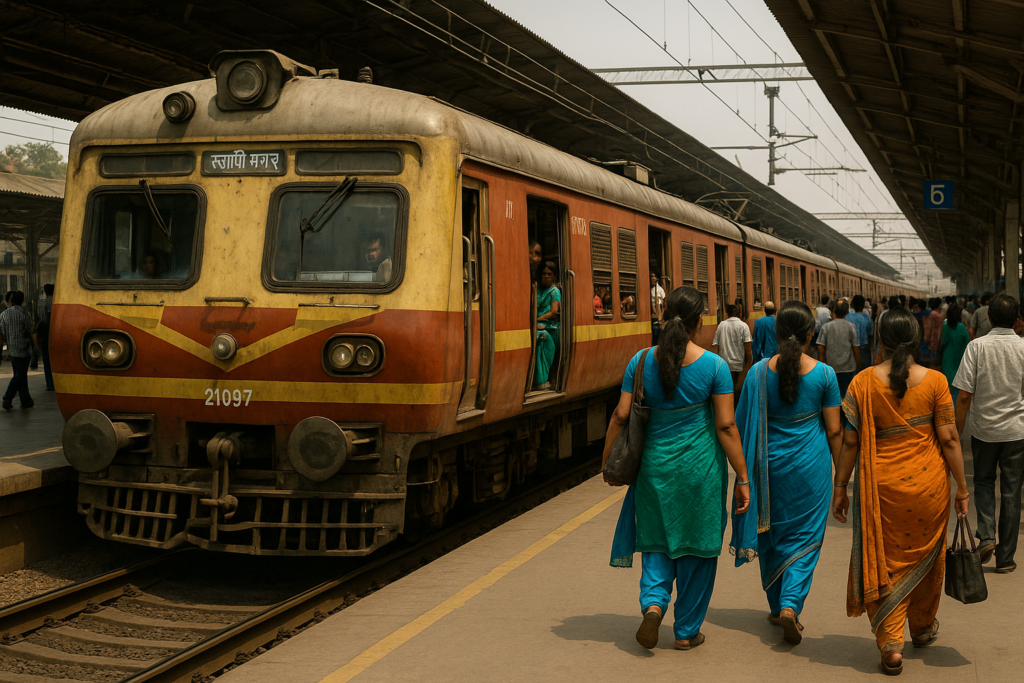Why Using Public Transport in India Makes Sense: Benefits, Challenges, and the Road Ahead
India, a country of over 1.4 billion people, is constantly evolving in its approach to urban mobility. Amid rising pollution, congested roads, and fuel prices, public transport in India stands as a practical, affordable, and environmentally friendly solution. From metros and buses to local trains and shared auto-rickshaws, millions depend on public transport daily. But are we fully leveraging its potential?
The Importance of Public Transport in India
Public transport plays a crucial role in the lives of everyday Indians, particularly in metropolitan cities like Mumbai, Delhi, Bengaluru, Chennai, and Kolkata. Whether it’s the local train in Mumbai or Delhi Metro, these systems are the backbone of urban mobility.
Top Benefits of Using Public Transport
- Cost-effective: Public transport is far cheaper than maintaining a private vehicle. Monthly passes offer significant savings.
- Environmentally Friendly: A metro train or CNG-powered bus emits significantly less CO₂ per passenger than a car or bike.
- Reduces Traffic Congestion: One bus can replace over 30 private vehicles on the road.
- Promotes Social Inclusion: Accessible transport allows people from all walks of life to commute affordably and comfortably.
- Encourages Healthier Habits: Public transport often involves walking short distances, indirectly promoting physical activity.
Challenges Facing Public Transport in India
Despite the advantages, India’s public transport systems face numerous challenges:
- Overcrowding: Trains and buses are often packed beyond capacity, especially during peak hours.
- Poor Infrastructure: Many bus stops lack shelters, proper signage, or seating.
- Lack of Last-Mile Connectivity: Many commuters struggle to reach stations from their homes or workplaces.
- Safety Concerns: Incidents of harassment or pickpocketing discourage many, especially women, from using public transit.
- Irregular Timings: Delays and unpredictable schedules affect reliability.
India’s Steps Toward Modern Public Transport
In recent years, the Indian government has invested heavily in expanding and modernizing public transport:
- Metro rail projects in Tier-2 cities like Lucknow, Bhopal, and Nagpur.
- Smart ticketing solutions through apps and QR codes.
- Deployment of electric buses in states like Delhi and Maharashtra.
- Introduction of National Clean Air Programme to promote green transport solutions.
What Can You Do as a Citizen?
Individual choices can collectively create a big impact. Here’s how you can support public transport:
- Opt for buses or metro over personal vehicles for daily commuting.
- Buy monthly passes to reduce cost and support transport services.
- Participate in local discussions and feedback initiatives for transport improvement.
- Spread awareness about eco-friendly travel and the benefits of public transport.
Conclusion
Public transport in India is not just a necessity—it’s a powerful tool for sustainable urban development. It reduces pollution, saves money, and connects communities. While challenges remain, with the right investments and citizen participation, India’s public transport system can be a model for the world.
Let us make the shift—use public transport, reduce your carbon footprint, and make India greener and smarter.
Read more articles on sustainability and education at More-Marks.com.



